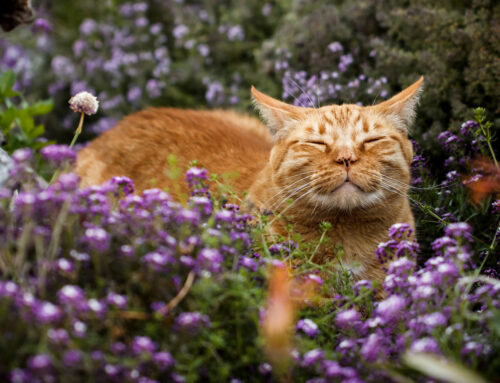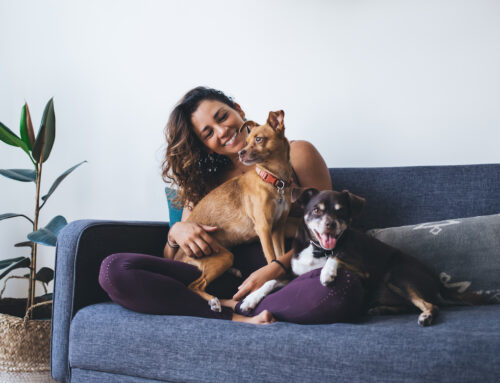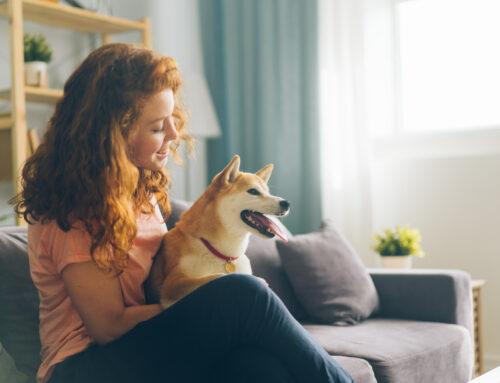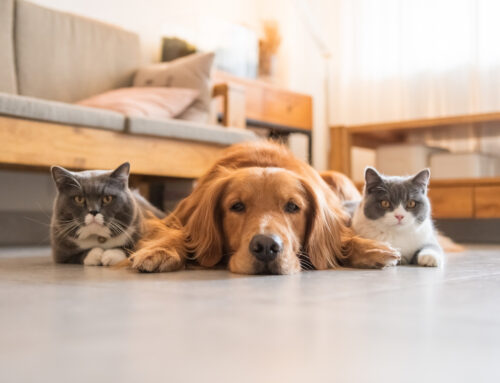Bringing a new puppy into your home is an exciting and joyful experience. Puppies are full of energy, curiosity, and playfulness, which makes them a delightful addition to any family. However, their curiosity can also lead them into potentially dangerous situations. Properly puppy-proofing your home is essential to ensure your new furry friend stays safe and your belongings remain intact.
At Animal Care Center, we understand the importance of creating a secure and welcoming environment for your new puppy. Here are some comprehensive tips for help puppy-proofing your home.
Why Puppy-Proofing Your Home is Important
Bringing home a new puppy is an exciting milestone filled with joy and anticipation. However, alongside the happiness, there’s a significant responsibility to ensure your home is safe and suitable for your new furry friend. Puppy-proofing your home is a critical step in this process.
Here’s why it’s important:
1. Preventing Accidents and Injuries
Puppies are naturally curious and love to explore their surroundings. This curiosity can lead them into potentially dangerous situations, putting them at risk of accidents and injuries.
Hazardous Objects: Household items like electrical cords, small objects, and sharp items can pose a risk. Puppies might chew on cords, swallow small items, or hurt themselves with sharp objects.
Toxic Substances: Many common household substances, such as cleaning supplies, medications, and certain plants, are toxic to dogs. Puppy-proofing ensures these items are stored safely out of reach.
2. Protecting Your Belongings
Puppies, especially during the teething phase, have a natural urge to chew. This can result in damage to your belongings if not managed properly.
Furniture and Valuables: By puppy-proofing, you can protect your furniture, shoes, clothing, and other valuables from being chewed or destroyed.
Preventing Messes: Keeping certain areas off-limits and providing appropriate chew toys can help minimize the chances of messes and destruction around your home.
3. Ensuring Emotional and Mental Well-being
A safe environment contributes to a puppy’s emotional and mental well-being. It helps them feel secure and reduces anxiety.
Comfort and Security: Creating a designated safe space for your puppy, such as a crate or a puppy playpen, can provide them with a sense of comfort and security.
Reducing Stress: Knowing that your home is safe allows you to relax and enjoy the experience of raising your puppy without constant worry about potential hazards.
4. Facilitating Proper Training and Behavior
Puppy-proofing your home also plays a crucial role in training and establishing good behavior patterns.
Positive Reinforcement: A controlled environment helps you reinforce positive behaviors and redirect unwanted behaviors, making training more effective.
Avoiding Bad Habits: By preventing access to dangerous or inappropriate areas, you can avoid the development of bad habits such as chewing on furniture or getting into the trash.
5. Health and Safety
Ensuring your home is safe from hazards is essential for your puppy’s health and overall safety.
Preventing Poisoning: Many common household items can be toxic to puppies. Puppy-proofing helps prevent accidental ingestion of these harmful substances.
Avoiding Choking Hazards: Small objects can be a choking hazard. Keeping floors clear of small items ensures your puppy doesn’t accidentally swallow something harmful.
6. Avoiding Costly Veterinary Bills
Accidents and injuries can result in expensive veterinary bills. Puppy-proofing helps prevent these incidents, saving you money in the long run.
Emergency Visits: Preventing accidents reduces the likelihood of emergency vet visits, which can be costly and stressful.
Long-term Health: Keeping your puppy safe from harmful substances and dangerous situations contributes to their long-term health and well-being, reducing medical costs over time.
7. Building a Strong Bond
A safe and secure environment allows you to focus on building a strong, trusting bond with your new puppy.
Positive Interactions: Without the constant worry of potential dangers, you can spend more quality time interacting positively with your puppy, strengthening your relationship.
Training and Playtime: A safe space encourages more effective training sessions and enjoyable playtime, both crucial for bonding and socialization.
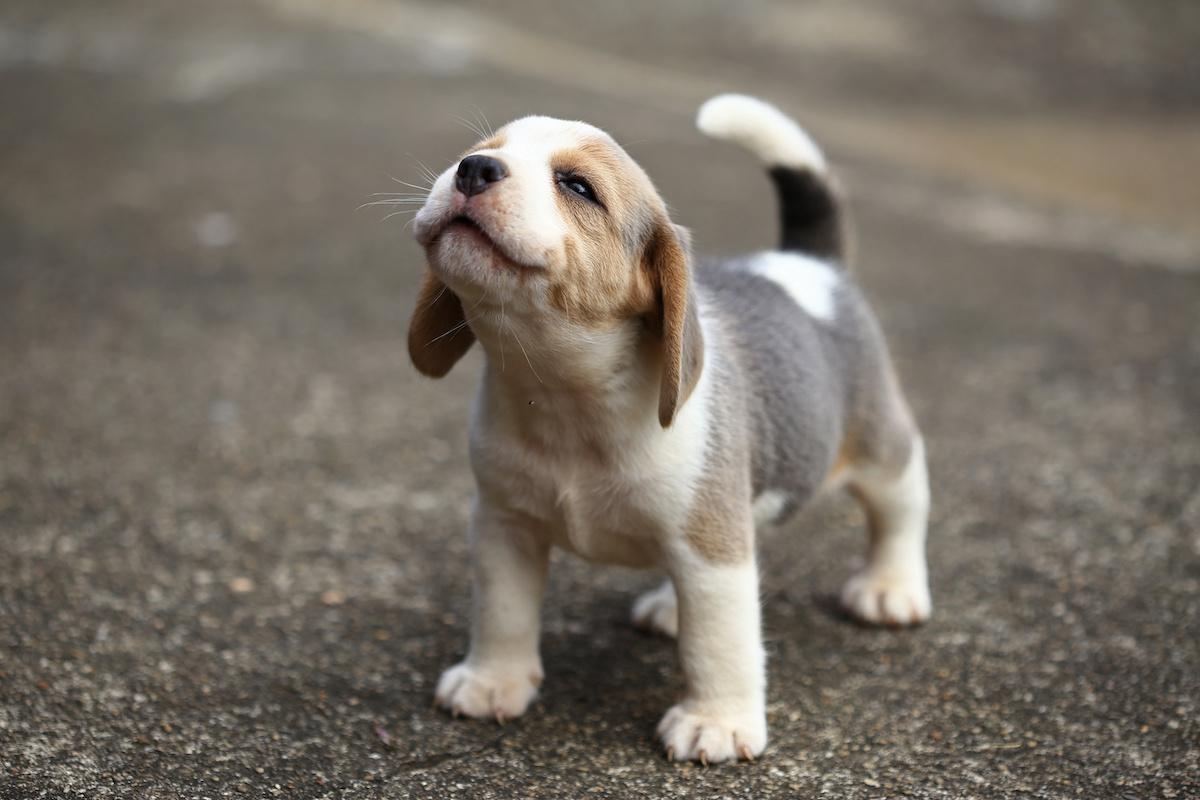
13 Tips for Puppy-Proofing Your Home
1. Secure Hazardous Areas
Puppies are naturally curious and will explore every nook and cranny of your home. It’s crucial to secure areas that could pose a danger to them.
- Kitchen and Bathroom: Use baby gates or close doors to keep puppies out of kitchens and bathrooms, where they might get into cleaning supplies, sharp objects, or small items they could swallow.
- Stairs: Block off stairs with baby gates to prevent falls. Puppies can be clumsy and might injure themselves while navigating stairs.
2. Store Toxic Substances Safely
Many household items are toxic to dogs. Ensure these substances are stored out of reach.
- Cleaning Supplies: Keep all cleaning supplies in cabinets with childproof locks.
- Medications: Store medications in high cabinets or drawers that puppies cannot access.
- Plants: Some plants are toxic to dogs. Research which plants are safe and remove or relocate toxic plants such as lilies, poinsettias, and philodendrons.
3. Protect Electrical Cords
Puppies love to chew, and electrical cords can be a dangerous temptation.
- Hide Cords: Use cord organizers or hide cords behind furniture to keep them out of reach.
- Bitter Spray: Apply bitter-tasting sprays to cords to deter chewing.
- Power Strips: Place power strips in locations that are difficult for your puppy to reach.
4. Remove Small Objects
Small objects can be choking hazards or cause intestinal blockages if swallowed.
- Keep Floors Clear: Regularly check the floors for small items such as coins, buttons, and small toys.
- Secure Loose Items: Store loose items, including remote controls, pens, and jewelry, in drawers or containers.
5. Secure Trash Cans
Trash cans can be a treasure trove of hazards for a curious puppy.
- Use Cans with Lids: Use trash cans with secure lids that are difficult for puppies to open.
- Store Trash Away: Keep trash cans in cabinets or closets to prevent access.
6. Create a Safe Space
Designate a safe area for your puppy where they can rest and play without getting into trouble.
- Crate Training: Crate training provides a secure and comfortable space for your puppy. Make sure the crate is appropriately sized and cozy.
- Puppy Playpen: Use a playpen to create a safe area where your puppy can play and explore without constant supervision.
7. Check for Escape Routes
Puppies are notorious escape artists. Ensure there are no escape routes that could lead them into danger.
- Fences and Gates: Check your yard for gaps or weak spots in fences and gates. Secure any potential escape routes.
- Doors and Windows: Ensure doors and windows close securely. Install screens on windows and use baby gates at entrances to prevent your puppy from slipping out.
8. Provide Safe Toys
Puppies need plenty of stimulation to keep them occupied and out of trouble. Provide a variety of safe toys to keep them entertained.
- Chew Toys: Offer durable chew toys to satisfy their natural urge to chew. Avoid toys that can be easily torn apart and swallowed.
- Interactive Toys: Use interactive toys and puzzles to engage your puppy’s mind and provide mental stimulation.
9. Train Your Puppy
Training is an essential part of keeping your puppy safe and well-behaved. Start training early to establish good habits.
- Basic Commands: Teach basic commands such as “sit,” “stay,” “come,” and “leave it.” These commands can help keep your puppy out of dangerous situations.
- Positive Reinforcement: Use positive reinforcement techniques such as treats and praise to encourage good behavior.
10. Supervise Outdoor Time
Outdoor time is essential for your puppy’s exercise and socialization, but it also comes with risks. Supervise your puppy closely when they are outside.
- Leash Training: Train your puppy to walk on a leash to prevent them from running into dangerous areas.
- Yard Safety: Regularly check your yard for hazards such as sharp objects, toxic plants, and wildlife. Remove any potential dangers.
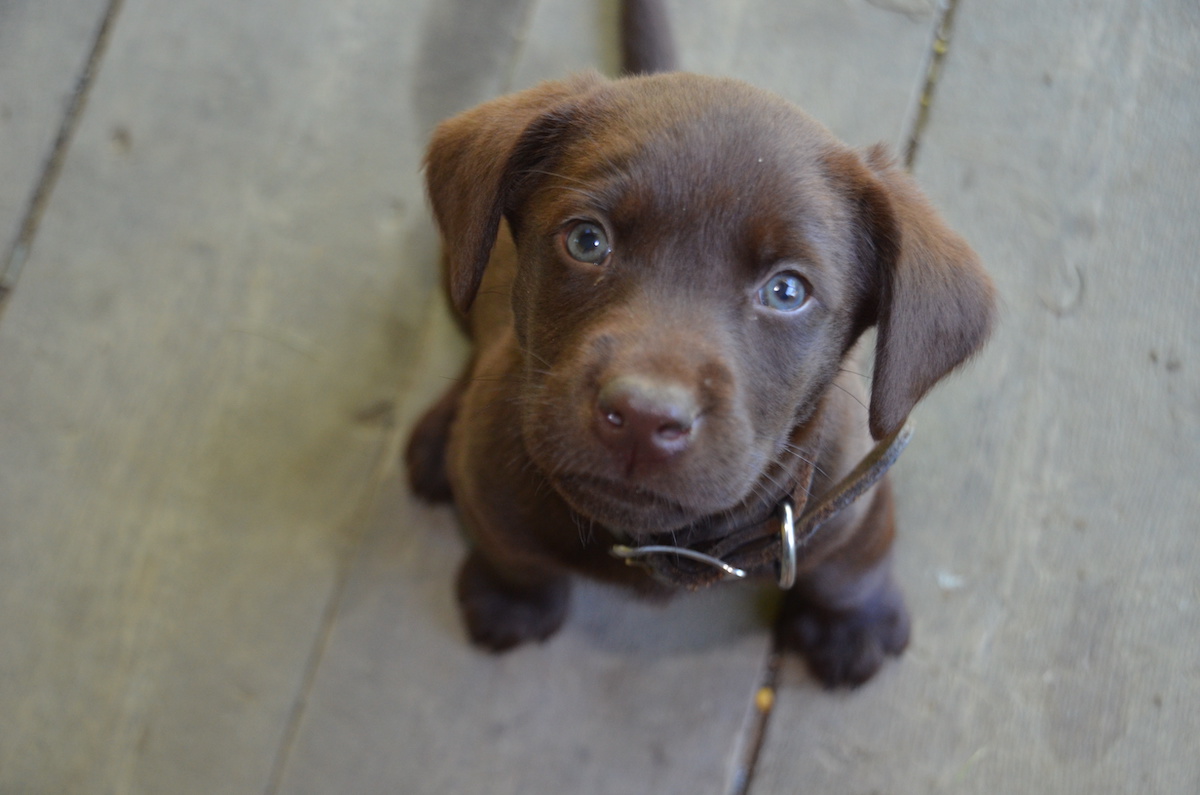
11. Protect Valuables
Puppies can be destructive, especially during teething. Protect your valuables to prevent damage.
- Store Valuables Away: Keep valuable items such as shoes, clothing, and electronics out of your puppy’s reach.
- Use Deterrents: Use bitter sprays or other deterrents on furniture and other items to discourage chewing.
12. Ensure Proper Identification
Proper identification is crucial in case your puppy gets lost. Make sure your puppy has the appropriate identification.
- Collar and ID Tag: Ensure your puppy wears a collar with an ID tag that includes your contact information.
- Microchipping: Consider microchipping your puppy as a permanent form of identification. Ensure the microchip information is up-to-date.
13. Plan for Emergencies
Be prepared for emergencies by having a plan in place.
- First Aid Kit: Keep a first aid kit for your puppy, including items such as bandages, antiseptic wipes, and a digital thermometer.
- Emergency Contacts: Have a list of emergency contacts, including your veterinarian and a nearby animal emergency clinic.
Don’t Skip Out on Puppy-Proofing Your Home
Puppy-proofing your home is a crucial step in ensuring the safety and well-being of your new furry friend. By taking proactive measures to secure hazardous areas, store toxic substances safely, and provide a safe and stimulating environment, you can prevent accidents and help your puppy thrive.
At Animal Care Center, we are dedicated to helping you create a safe and welcoming home for your new puppy. If you have any questions or need further assistance with puppy-proofing, don’t hesitate to contact us. Enjoy the joy and companionship your new puppy brings, knowing that you’ve taken the necessary steps to keep them safe and happy.


